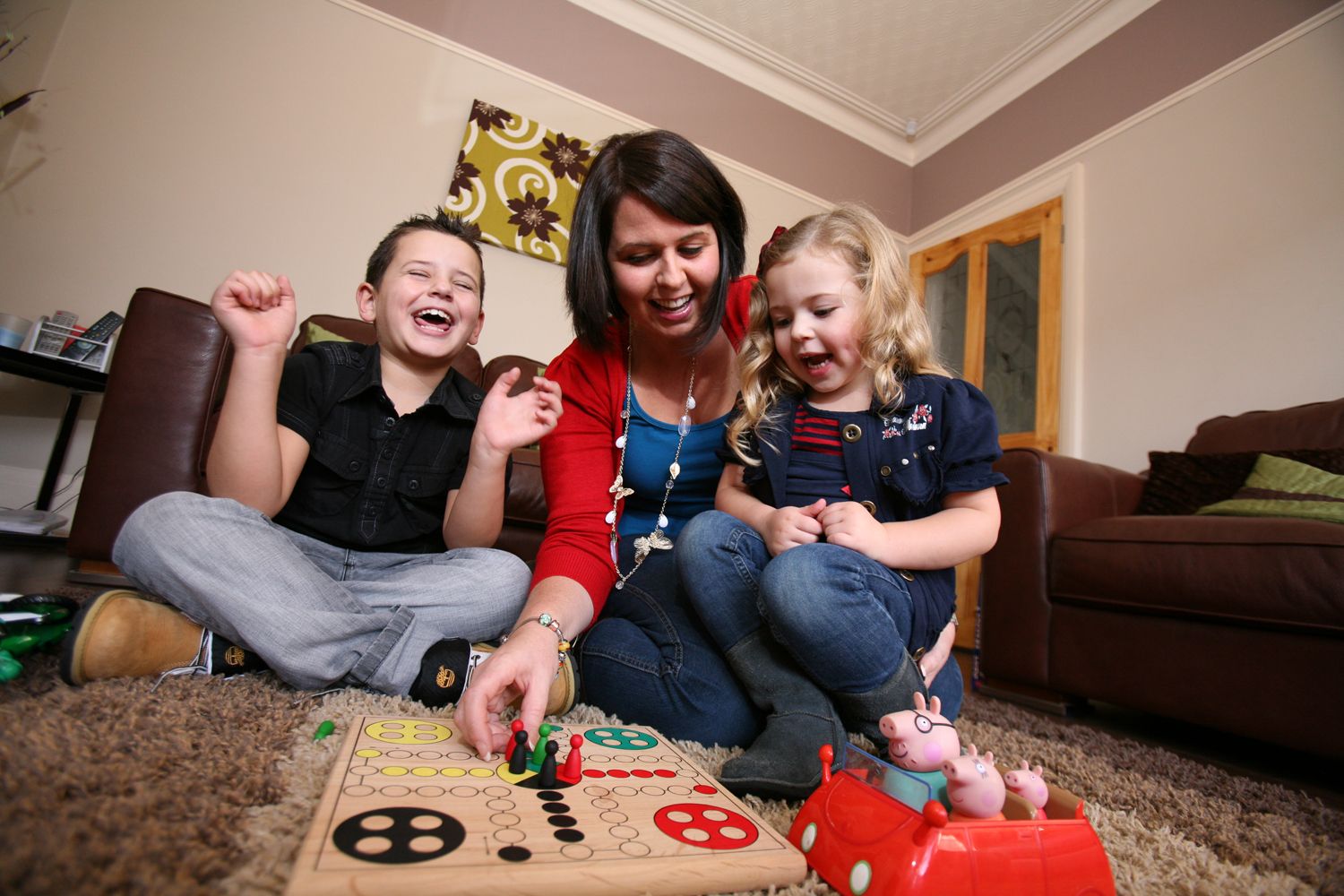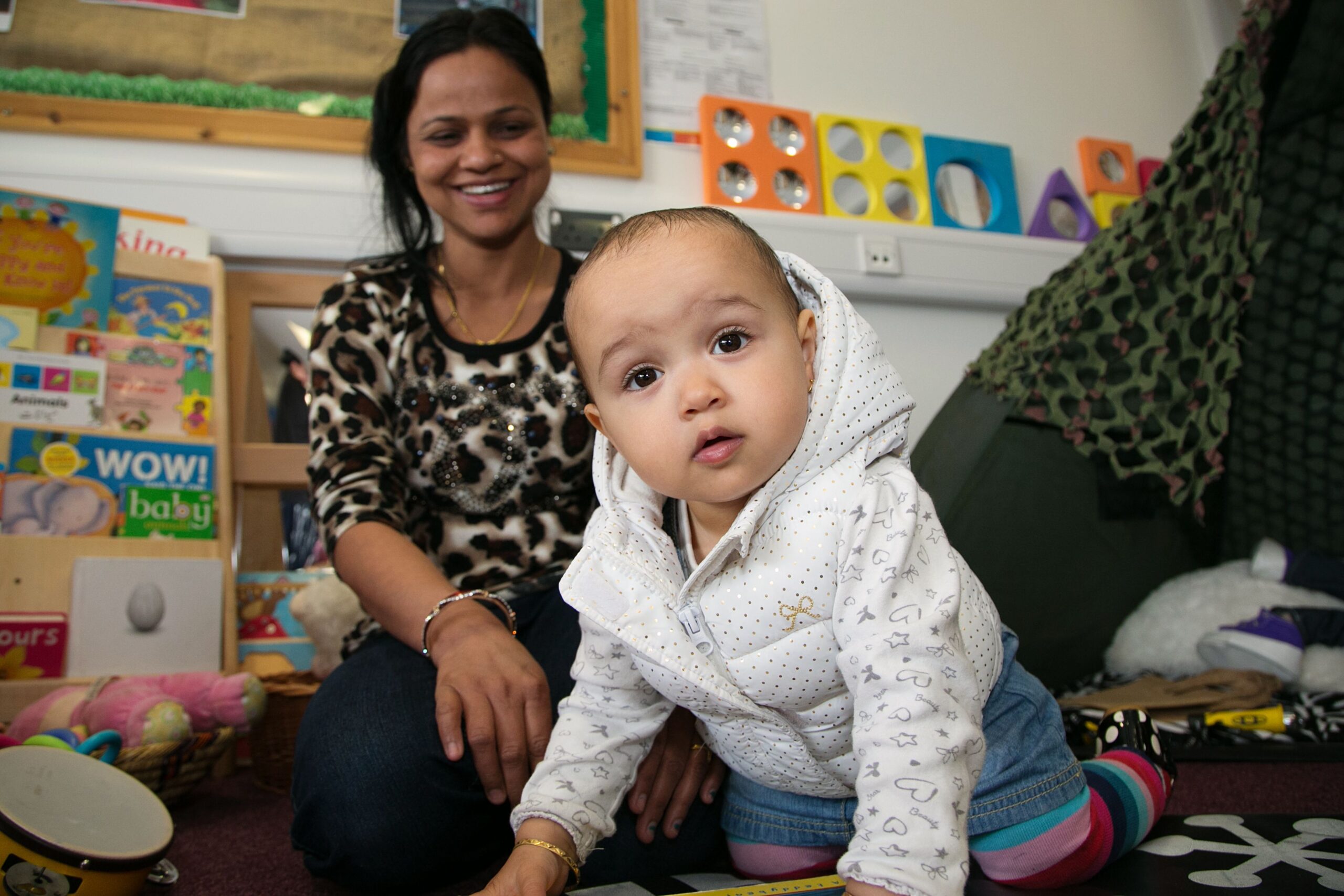Location
Years
2007-2010 (Smoke-Free Homes)
2010-2015 (Smoke-Free Spaces)

Purpose
Initially, to reduce the harm caused by second-hand smoke by encouraging smoke-free environments at home.
Later, to support the creation of a smoke-free city by reducing the impact of smoking on health inequalities.

Activity
For Smoke-Free Homes, we did outreach work in community settings to raise awareness of the risks of exposure to second-hand smoke and the benefits of being smoke-free, through brief interventions. People made promises (at bronze, silver or gold levels) to change their smoking behaviour, and were provided with support, where wanted.
For Smoke-Free Spaces, this community development approach was widened to smoke-free homes, smoke-free cars and smoke-free play areas. There was a particular focus on pregnant smokers, while schools and children’s centres could sign up for smoke-free awards.

Impact
An independent evaluation of Smoke-Free Spaces said that “The ability of the team to engage clients cannot be questioned; their performance … is exceptional.”
26,643 Smoke-Free Homes promises were made (2007-2015), and 11,283 Smoke-Free Car promises (2010-2014).
Of those smokers who made a smoke-free promise, an average of 19.4% had quit six months after engagement (approximately 2,584 people).
An NHS evaluation of Smoke-Free Homes found that, of the thousands of homes who made a promise, 60% had children and 35% had someone with a respiratory condition.
